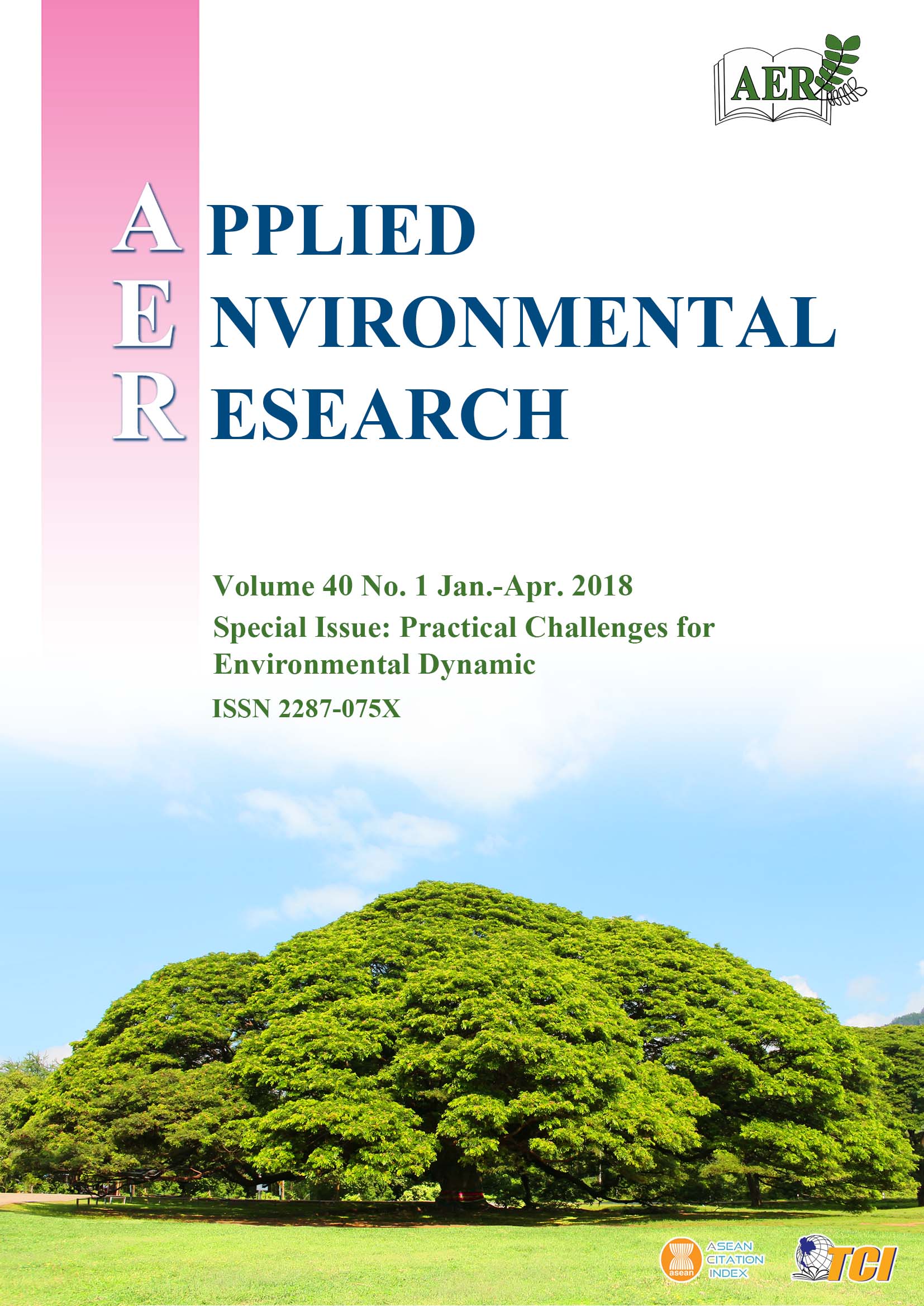An Assessment of Climate Variability on Farmers’ Livelihoods Vulnerability in Ayeyarwady Delta of Myanmar
Main Article Content
Abstract
This study assesses the vulnerability of farm households in the Ayeyarwady Region, Myanmar. Fifty-nine farm households were purposively sampled to conduct a questionnaire survey, and secondary data were collected in 2016. In order to assess variability in household vulnerability, the Livelihood Vulnerability Index (LVI), based on five types of ‘capital’ as identified in the Sustainable Livelihoods Framework, was adopted and modified according to the local context. Vulnerability scores ranged from 0 (low vulnerability) to 1 (highly vulnerable), with an average LVI of 0.442, indicating moderate overall vulnerability across the study area. Regarding the five types of ‘capital’, households were most vulnerable in terms of financial capital with an average value of 0.530, followed by natural capital (0.515) and physical capital (0.418). Households were classified into three vulnerability groups (low, moderate, and high) to identify those households most likely to need special attention. The survey found that the vulnerability of each asset they suffered was different across the township. The results also revealed that the production area of households classed as highly financially vulnerable found in the flood-prone and saline intrusion areas. It is clear that in order to reduce the vulnerability of farm households, more interventions are needed to enhance access to agricultural credit, diversifying livelihoods, provision of farm technology, inputs and knowledge as well as upgrading of basic infrastructure.
Article Details

This work is licensed under a Creative Commons Attribution-NonCommercial 4.0 International License.
Published articles are under the copyright of the Applied Environmental Research effective when the article is accepted for publication thus granting Applied Environmental Research all rights for the work so that both parties may be protected from the consequences of unauthorized use. Partially or totally publication of an article elsewhere is possible only after the consent from the editors.

